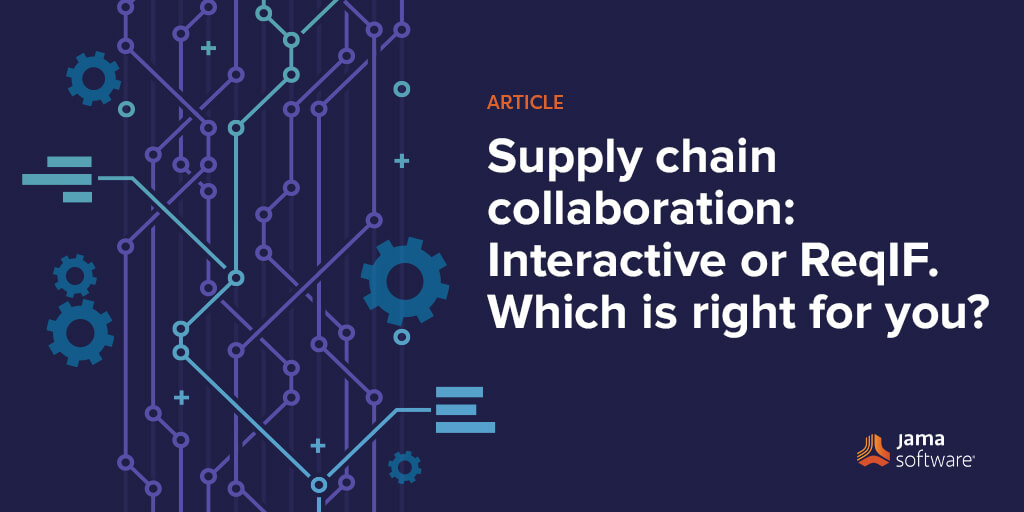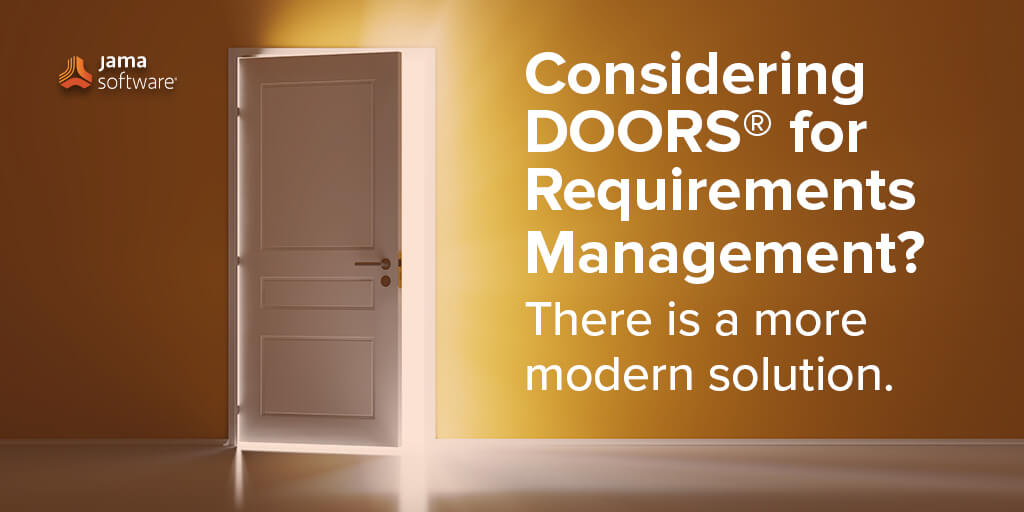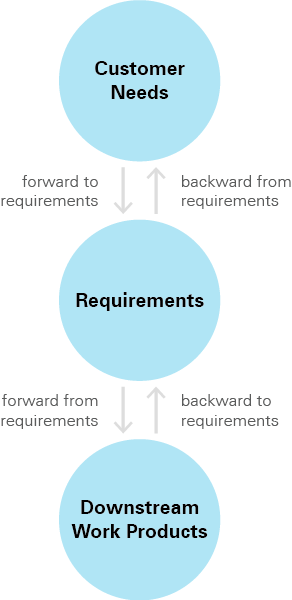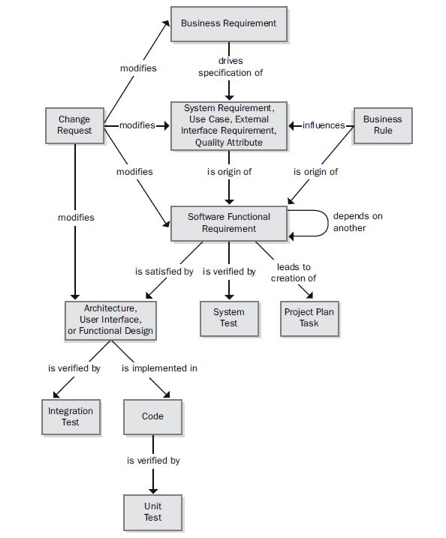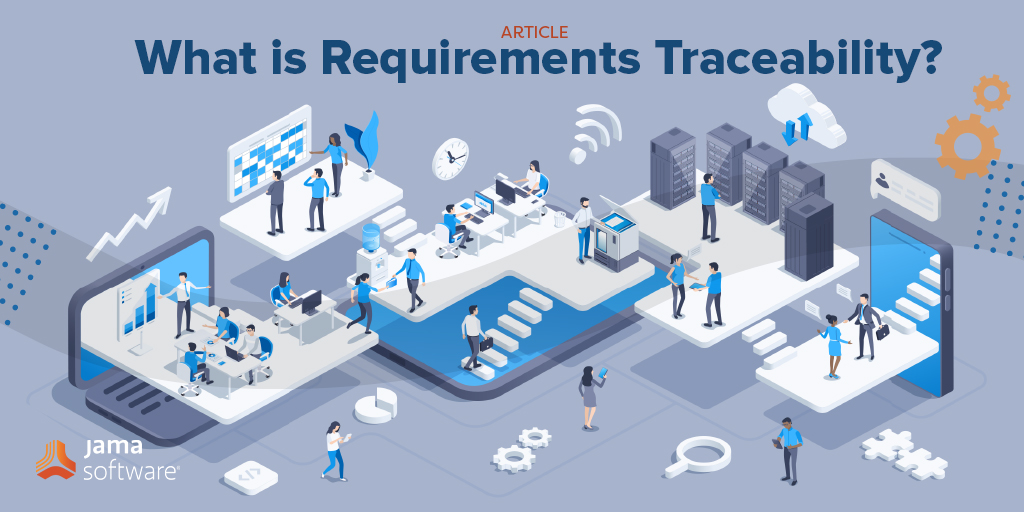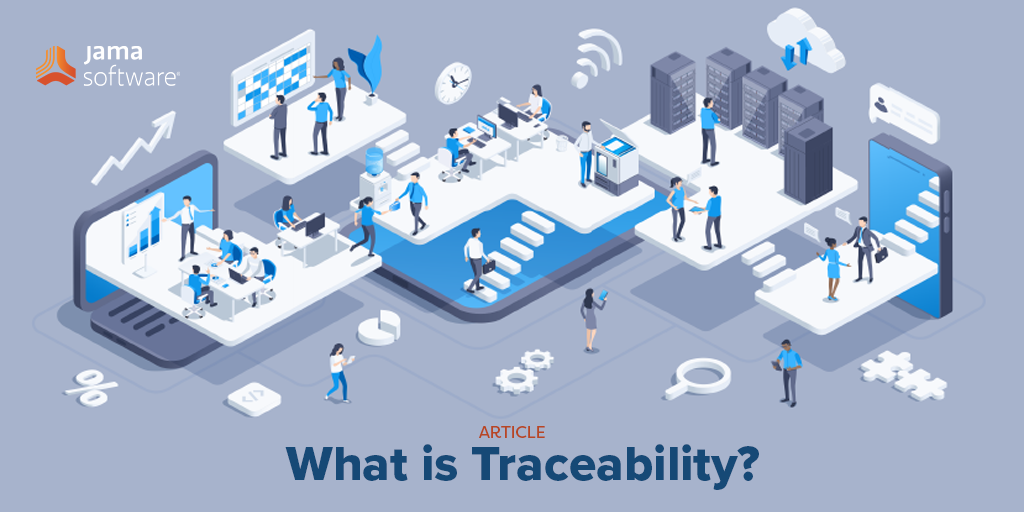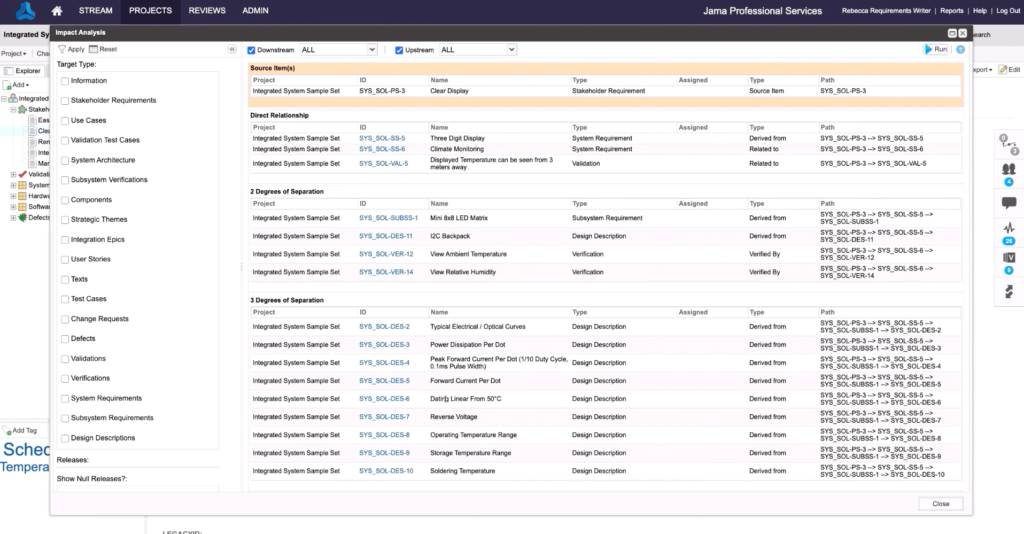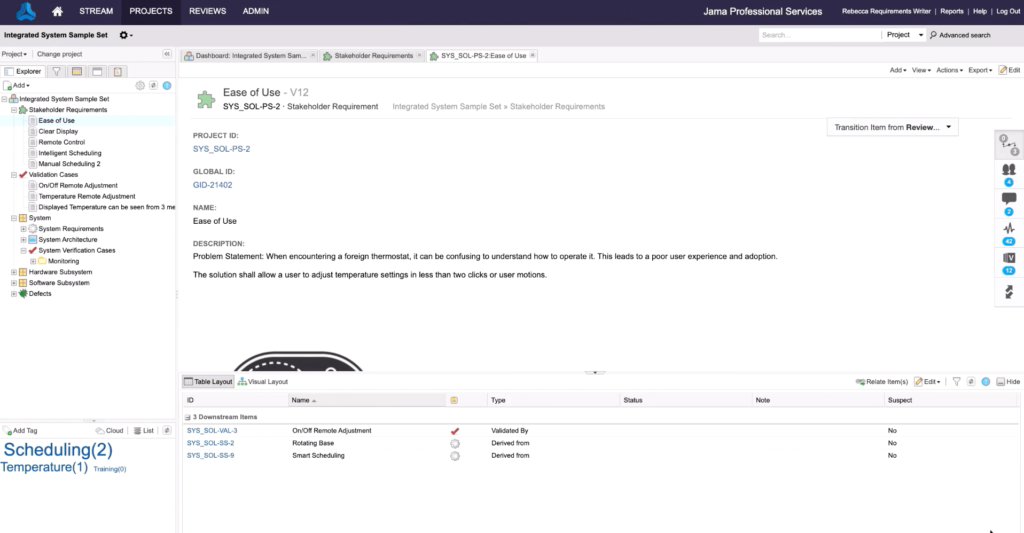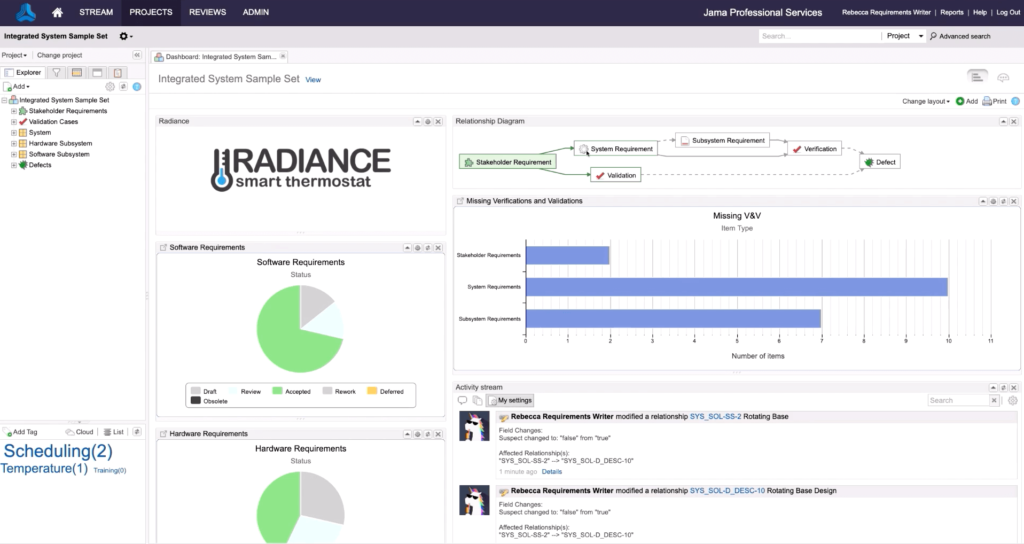Supply chain collaboration: Interactive or ReqIF. Which is right for you?
There are two main types of requirement collaboration in the supply chain: Interactive and ReqIF. While interactive collaboration is on the rise and offers the most benefits, there are cases where it is not feasible. Jama Software supports both methods and, in this post, we will discuss each method’s use-case and pros/cons.
Interactive Collaboration: The High-fidelity Option
We all know that collaboration in product development helps improve quality, reduces risk and speeds up development. For this reason, Jama Connect® has context-based, interactive collaboration built into the platform. Reviews are a formal, effective collaboration method that guides teams in fulfilling regulatory requirements.
In addition to using these industry leading capabilities in-house, our customers frequently use these capabilities to collaborate with external stakeholders. For instance, Jama Connect allows you to invite reviewers simply by email (Jama Connect licenses include more than enough reviewer licenses for this purpose). This works extremely well in practice. In fact, one medical device developer, RBC Medical Innovations (now known as Vantage Medtech), was able to shed hundreds of team-member days during development to save $150,000 in cost savings per project.
As a fully web-based software as a service (SaaS) product, Jama Connect offers customers a standard and secure web interface for cross-department or cross-company collaboration. Inviting customers or suppliers into your Jama Connect system is as easy as sending an email. User security can limit what is seen and allows for granular control of permissions. Our full version tracking enables everyone to see what has changed, who changed it and all impacts on upstream/downstream traceability.
RELATED: The Limitations, Drawbacks, and Risks of Using Legacy Requirements Management Tools
The Alternative: Controlled Data Exchange via ReqIF
Data exchange between organizations is nothing new, and many organizations have collaborated for decades, typically by exchanging documents. While this approach technically works, it results in unstructured data that provides no traceability, no understanding of changes between versions and no easy way to provide structured feedback.
The automotive industry is a great example of complexity across the supply chain with OEM’s traditionally working with hundreds of suppliers. It’s not unusual to find tens of thousands of requirements in an automotive specification, so managing these requirements is a challenge. In response, the industry developed an international standard for the lossless exchange of requirements called Requirements Interchange Format (ReqIF) and the standard was finalized in 2011.
A requirements exchange with ReqIF has some similarities to the old (and dreaded) document exchange process: One party exports a ReqIF file and hands it to the other party. The transfer can happen via a portal upload, automated exchange or even as an email attachment.
But here’s where the similarities end: A ReqIF file contains structured requirements data consisting of individual requirements with visibility into structure, attributes, related elements, and traces. ReqIF also supports incremental updates. If one party creates another version and exports a month later, you could import that version into your environment and the tool would show you clearly which elements, attributes, and traces have changed. For instance, you could use suspect links to re-validate only those items that have changed. Compared to trading .pdf files, which yes believe it or not many organizations still do, this is an extremely significant time saver and error avoiding capability.
While the standard is certainly more advanced than simple document sharing, it does have drawbacks. Not every tool adheres to the standards in the correct way. Data exported can be missing embedded images, required fields in one system are not required in another and user information (meta-data) is not universally available.
RELATED: Jama Connect in the Digital Engineering Ecosystem
Collaboration via ReqIF
ReqIF is commonly used to solicit feedback from a supplier. A producer could export the requirements for a supplier, including attributes for providing status feedback and comments. The supplier would then import the ReqIF file into the tool of their choice, where they could fill out the supplier attributes and send the resulting export back.
In addition, they could start integrating the imported requirements into their own development system. For example, they could establish traceability from the customer requirements through to design while keeping the process invisible to their customer.
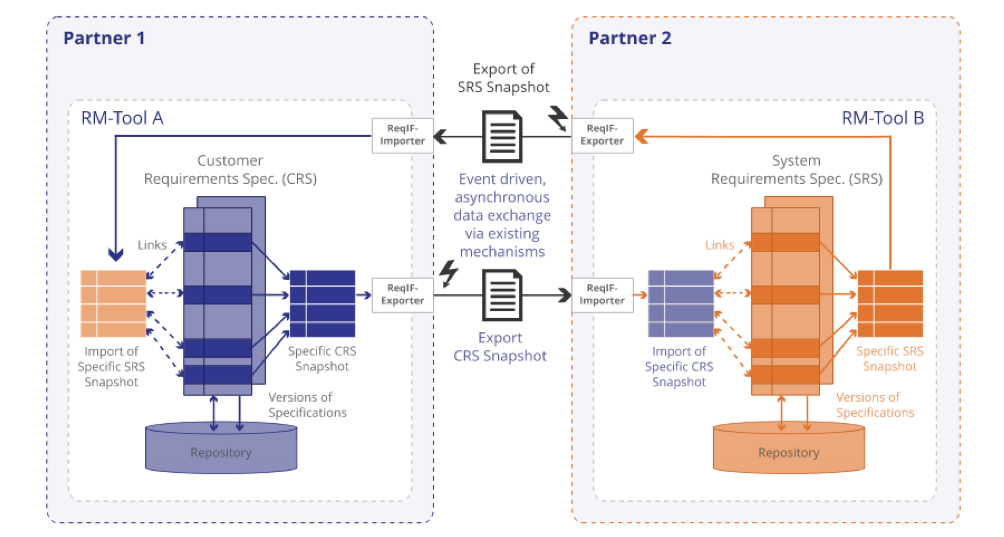
Image Source: IREB Magazine
There are other use cases that ReqIF supports as well, but for all of them, the foundation is a controlled asynchronous exchange of structured requirements that keeps individual items, attributes and traces intact. Jama Connect supports this workflow and we have many customers that are using it today.
Bottom Line: How to Collaborate?
If you are using Jama Connect, the built-in collaboration capabilities are the most effective way to work together. Having 100% Live Traceability™ has been proven to increase product quality while reducing time to market.
However, if you are working with people outside your organization, that may not be able to collaborate using your Jama Connect instance a ReqIF-based collaboration could be an acceptable alternative.
Learn more about the benefits of upgrading your requirements management process with our paper, “Getting the Most from a Requirements Management Tool.”
